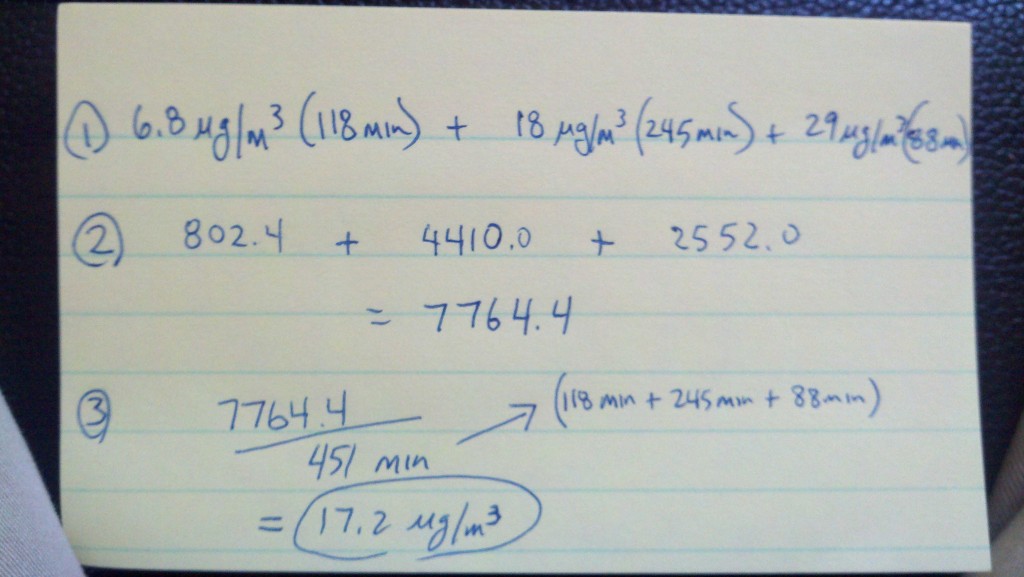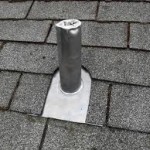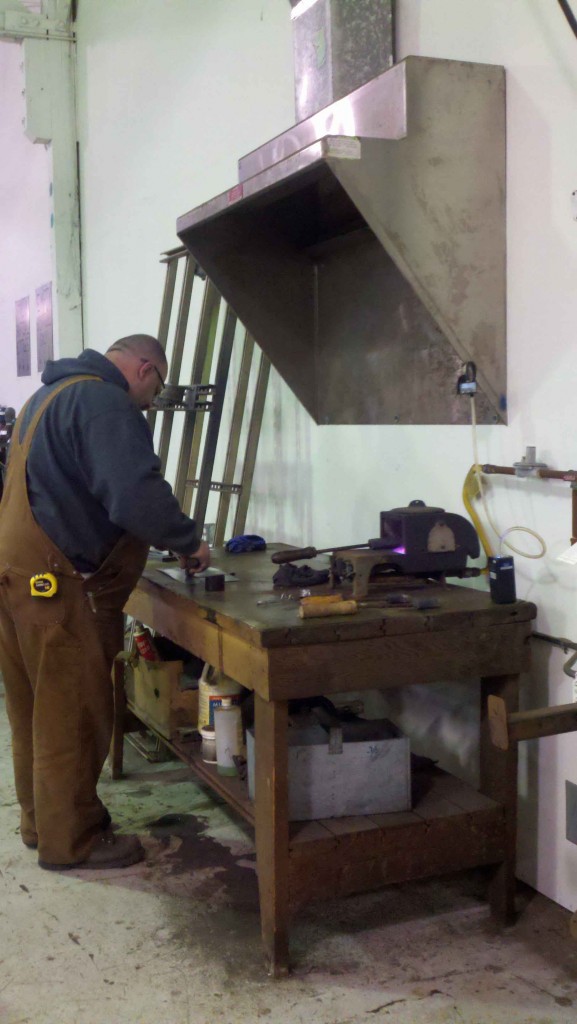Entries tagged with “safe”.
Did you find what you wanted?
Thu 16 Aug 2012
Posted by admin under Air Monitoring, Cadmium, Concrete, Drywall, Dust, Exposure, Hexavalent chromium, industrial hygienist, Lead, Management, Mold, Silica, TWA, Welding
1 Comment
When performing air monitoring it can be useful to take multiple samples on the same individual throughout the day. Here are some reasons to change out the filters:
- build up of dust on filter – can cause overloading
- break-out the exposure data. Morning versus afternoon, or by job tasks, or the physical area the employee is working in, controls vs. no-controls, etc.
- if you question the employees motives. If you think the employee might skew the results, multiple samples might give you better control- or at least tell you if one is way-out-of-line.
Once you have your data results, how do you combine them?
If you’re taking particulate (dust, lead, cadmium, silica, etc) and you have the concentrations (from the lab) here is what to do.
- note the time (in minutes!) and the concentration results (mg/m3, ug/m3, etc) for each sample
- multiply the time and concentration for each – then add each number together
- finally, divide the above number by the total number of minutes sampled. This is your time weighted average (TWA).
Simple?! Yes. …And it’s really easy to make a mistake too. Check your math, and then eyeball the results and see if they make sense logically.
Here’s an example:
Andrew took three samples during one shift while Shelley was rivet busting through leaded paint. The first sample (118 minutes) was reported as 6.8 ug/m3 of lead, the second was for 245 minutes and had a concentration of 18 ug/m3. The last sample was taken for 88 minutes and was reported a level of 29 ug/m3. The overall results is 17.2 ug/m3 for the total time sampled. (Side: if you sampled for their entire exposure, and they worked longer hours, you could add those hours (assuming zero exposure) into the final time-in step three)
See the math below:

Tue 5 Jun 2012
Posted by admin under Air Monitoring, Lead, Management, Respirators, ventilation
Comments Off on Lead exposures during HVAC soldering work
As you may know, sometimes tin knockers (aka sheetmetal workers) Â use sheet lead, or lead soldering, to make flashing on roof vents. Here is a picture of what these commonly look like (if there is (?) a common one).
The lead iron is heated up. Lead solder, or sometimes lead/zinc solder is used. Muratic acid (or similar) is used to clean the stainless steel. The iron is used to heat up the solder and drip it on the stainless surface. Anyways, the process creates lead fumes. This is dangerous both from airborne inhalables to the contact surfaces surrounding the area.
The surfaces around these areas are usually very high in lead content. There is not a OSHA standard for lead wipe tests. However, in the past OSHA has used the HUD standards and cited employers under the general duty clause. If you are performing these tasks, please make sure you are doing everything you can to limit the airborne, dermal, and ingestion exposure.
- Follow OSHA Lead Standard (1926.62).
- Train your employees.
- Ventilation (downdraft is best). This is the best way to control the fumes.
- Post signs in the area “lead work and hazardous”.
- Perform air monitoring. I have found levels both above, and below, the exposure limits.
- Wear a respirator (1/2 face negative air with HEPA).
- Do not: eat, drink or smoke in this area.
- Good hygiene. Wash after doing these activities.
- Use a plastic sheeting on all surfaces. This makes it 100x easier to clean up.
in other words, don’t do what is in this picture below:

Wed 23 May 2012
Construction and exposure to Hepatitis B (or C or HIV) doesn’t arise very often since construction workers are usually not around blood, bodily fluids, or patients. There are times when construction must occur at wastewater treatment facilities, municipals, or in active sewers. Occasionally exposure can come from illegal drug use or the remnants of it (think of a project underneath a downtown bridge).
Currently there is not a specific rule for bloodborne pathogens in construction (1926). However, if it is reasonably anticipated that an employee might have exposure, you should take precaution.
What are the dangers? First, you must have occupational exposure to skin, eye, or mucous membrane with contact to blood or infected material.  Exposure may then cause the employee the diseases of Hepatitis B, C and HIV. Occasionally construction companies want to know if they need to offer their employees the Hep B vaccine.
The real-threat is contact with blood. Here is a question to ask… Do you anticipate seeing any blood on the jobsite? If the answer is NO…then you probably are under what is called the COLLATERAL DUTY clause.  In this case, the hepatitis B vaccination does not need to be given…until the presence of blood. Once this happens (and employees must be trained beforehand) you have certain steps to take in order to offer the Hep B vaccination. Oregon OSHA (and others) have adopted this stance.
In this case, the hepatitis B vaccination does not need to be given…until the presence of blood. Once this happens (and employees must be trained beforehand) you have certain steps to take in order to offer the Hep B vaccination. Oregon OSHA (and others) have adopted this stance.
If you have probable exposures you must:
- make an exposure control plan
- train your employees
- universal precautions – google it…there’s a lot to know
- protect your employees (engineering controls, work practices)
- housekeeping – cleanup
- label
- keep records
Oregon OSHA has some good info here.
Tags: biohazard, bloodborne pathogens, city, construction, HepB, HepC, HIV, safe, safety, sewer, treatment, vaccination, vaccine, waste water



